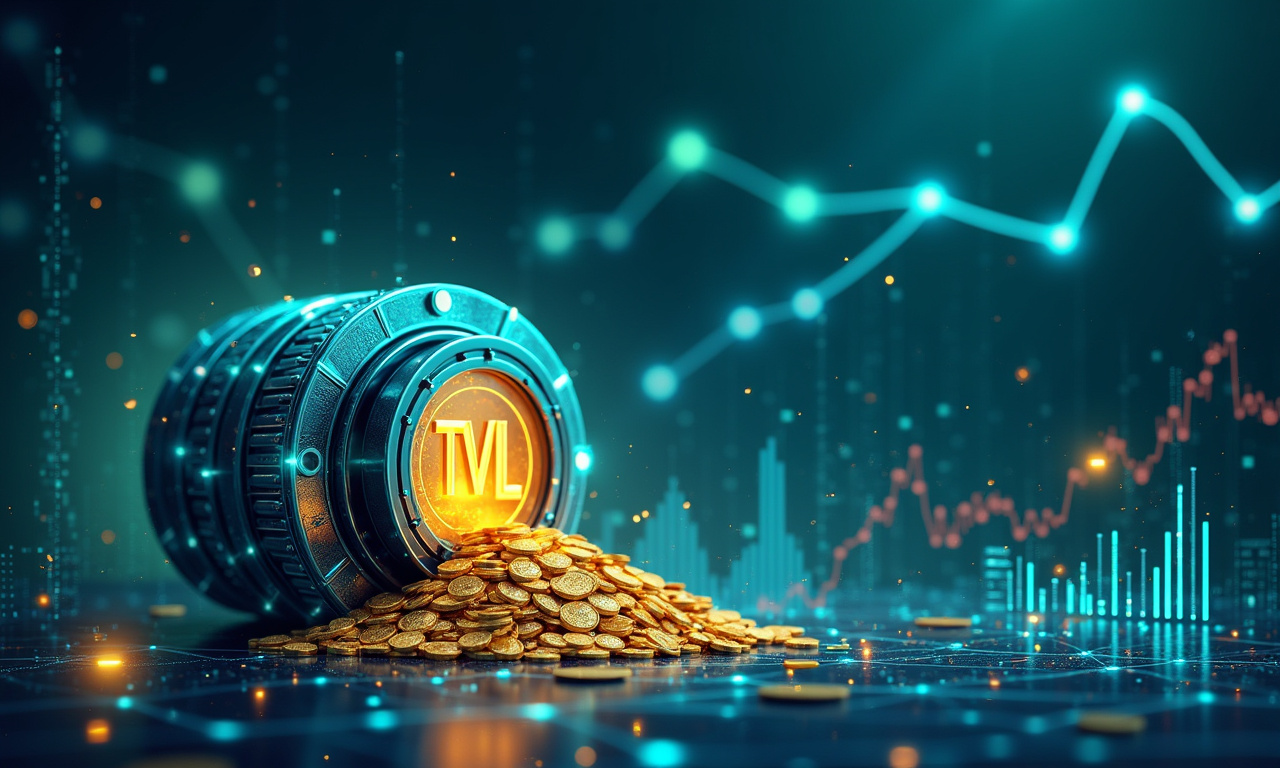The excitement of Cardano in addition to AI has reached the critical mass. Everyone’s excited, but are we getting a bit too far out in front on this one? Are we getting too caught up in the shine of the potential? Let’s not forget the genuine challenges that continue to impede our progress. I mean, let’s not kid ourselves, the thought of Cardano positioning itself as one of the central forces in the AI revolution by 2035 is a sexy proposition. We need to get honest with ourselves about the reality.
Scalability Isn't Just TPS, It's Adoption
Hydra and Mithril, significant upgrades under development for Cardano, are intended to drastically improve transaction speeds. Moreover, the soon-to-be-released Leios protocol will further lower validation costs. Hydra, with a promise of more than 10,000 TPS, sounds great on paper. TPS alone doesn't guarantee AI dominance. We need to ask ourselves:
- Will these upgrades actually attract developers and businesses building AI applications?
- Is the developer experience smooth enough to compete with ecosystems like Ethereum, which already have a massive head start?
- Can Cardano handle the sheer volume of data that AI applications generate and require?
Think of it like building a highway. You can build the most advanced, high-tech highway anywhere. Without on-ramps or appealing destinations, it just turns into one pricey stretch of concrete. Cardano needs those on-ramps: easy-to-use tools, robust AI-focused libraries, and a thriving community of AI developers. Without them, the increased TPS is only potential unfulfilled.
Institutional Embrace Or Regulatory Squeeze?
The chatter around possible institutional adoption has been exciting! As soon as 2035, we might have public pension funds, corporate investors and government all investing in ADA. And the collaborations with Walmart and Brave Browser to demonstrate ADA’s real world utility are indeed promising. This is where the “unexpected connections” that we as planners often talk about come into play. We need to consider the elephant in the room: regulation.
Now picture what would happen if governments started moving to crack down hard on cryptocurrency. Their fear of illicit financing and legitimate concerns about AI bias don’t save this crackdown. All that institutional interest could vanish overnight. To us, it’s as tragic as an exquisite sandcastle being washed away by the tide. Cardano’s primary emphasis on formal verification and decentralized governance are unquestionable strengths, possibly even making it more palatable to regulators. The regulatory landscape is constantly shifting, and Cardano needs to be proactive in engaging with policymakers and shaping the conversation.
Is Cardano prepared to lead the way through this new maelstrom of crypto & AI regulation? That’s not just a technical challenge, it’s a political and strategic one.
Lightchain AI – Friend Or Foe?
AI-native blockchains, like Lightchain AI, home to AIVM and a new Proof-of-Intelligence consensus, open thrilling possibilities. They raise profound dangers. Assuming integration happens with Cardano’s nascent interoperability tools, this could forge quite the hybrid ecosystem. Babel Fees could unlock effortless interaction between the two chains. Lightchain AI might rain on Cardano’s parade, luring AI developers and users to its more specialized platform.
Imagine something like, say, the Android and iOS competing ecosystems. The competition Despite both being mobile operating systems, there’s a distinct difference between the potential users and their strengths. Could Lightchain AI ultimately end up being the “iOS” of the AI-blockchain universe, with Cardano emerging as the more open and flexible “Android”?
Perhaps most importantly, though, is to recognize that the AI-blockchain space is very much in its early stages. There's room for multiple players to thrive. The key for Cardano is to specialize. Fight back with an unapologetic return to first principles: security, decentralization, and formal verification. Gain traction as the national platform for AI use cases such as decentralized, interconnecting data marketplaces through federated learning and secure, AI-powered supply chains.
Cardano’s AI future is actually much closer than most people think. The technical upgrades, the richening ecosystem, and the inklings of institutional adoption are all good signs. Blind optimism is dangerous. We have to temper that enthusiasm with a large measure of realism.
| Feature | Cardano | Lightchain AI |
|---|---|---|
| Focus | General-purpose, secure blockchain | AI-native, specialized for AI tasks |
| Consensus Mechanism | Proof-of-Stake | Proof-of-Intelligence |
| Strengths | Security, decentralization, formal verification | AI-specific architecture, AIVM |
The Verdict: Cautious Optimism
Cardano needs to:
If Cardano can rise to meet these challenges, then that $10-$20 price prediction by 2035 might not be impossible after all. It’s a long and winding road still to come, and there are no guarantees. If you have faith in the long-term vision of ADA, then purchase it and hold it. As we all know, don’t bet the farm on it! So diversify your portfolio, do your homework and get ready for a market with some real ups and downs. The potential for AI in conjunction with blockchain is very promising, but unknown. That's what makes it so captivating.
- Attract and retain AI developers by creating a user-friendly and well-supported ecosystem.
- Proactively engage with regulators to shape a favorable regulatory environment.
- Strategically partner with or compete against AI-native blockchains to carve out a niche in the market.
If Cardano can successfully navigate these challenges, the $10-$20 price prediction by 2035 might not be so far-fetched. But it's a long and winding road ahead, and there are no guarantees. So, buy and hold ADA if you believe in the long-term vision, but don't put all your eggs in one basket. Diversify your portfolio, stay informed, and be prepared for a bumpy ride. The future of AI and blockchain is exciting, but it's also uncertain. That's what makes it so captivating.




